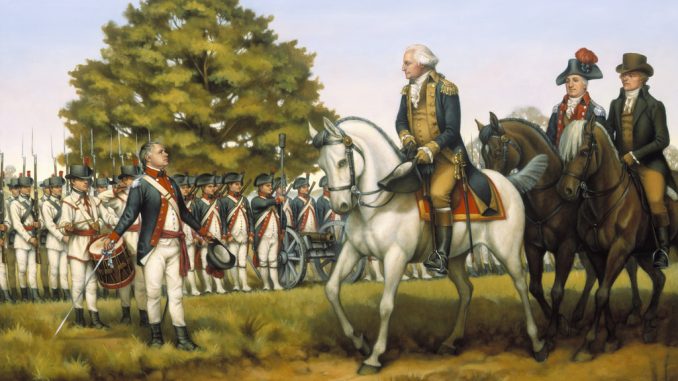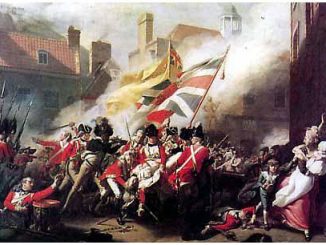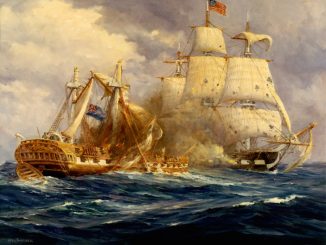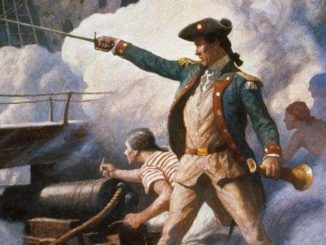
Widget not in any sidebars
Six days before, Congress had established the president’s right to call out the militia. The outbreak of Shay’s Rebellion, a protest against taxation and debt prosecution in western Massachusetts in 1786-87, had first convinced many Americans that the federal government should be given the power to put down rebellions within the states. The inability of the Continental Congress under the Articles of Confederation to respond to the crisis was a major motivation for the peaceful overthrow of the government and the drafting of a new federal Constitution.
The Militia Act was tested shortly after its passage, when farmers in western Pennsylvania, angered by a federal excise tax on whiskey, attacked the home of a tax collector and then, with their ranks swollen to 6,000 camped outside Pittsburgh, threatened to march on the town. In response, President Washington, under the auspices of the Militia Act, assembled 15,000 men from the surrounding states and eastern Pennsylvania as a federal militia commanded by Virginia’s Henry Lee to march upon the Pittsburgh encampment. Upon its arrival, the federal militia found none of the rebels willing to fight. The mere threat of federal force had quelled the rebellion and established the supremacy of the federal government.






Be the first to comment